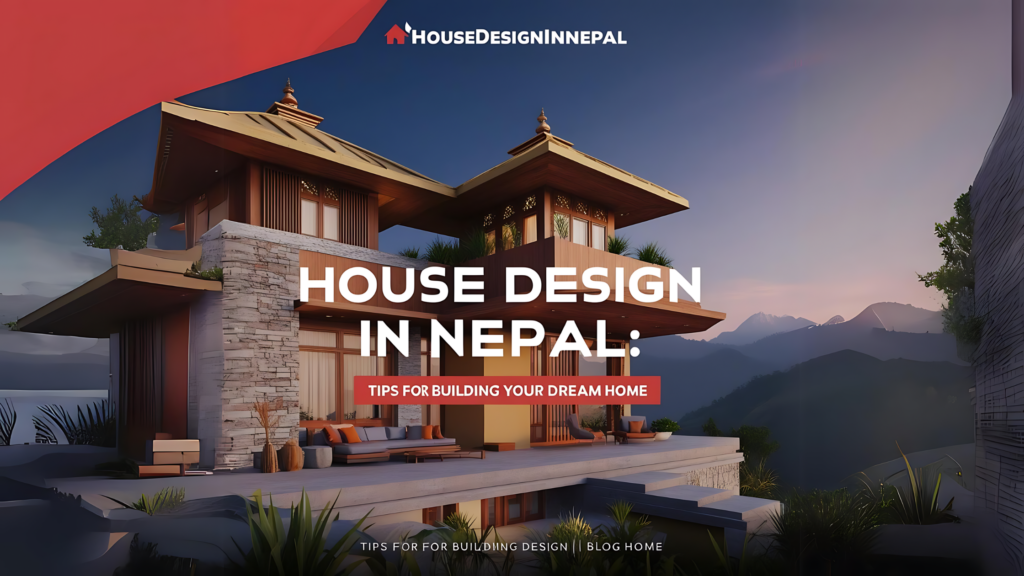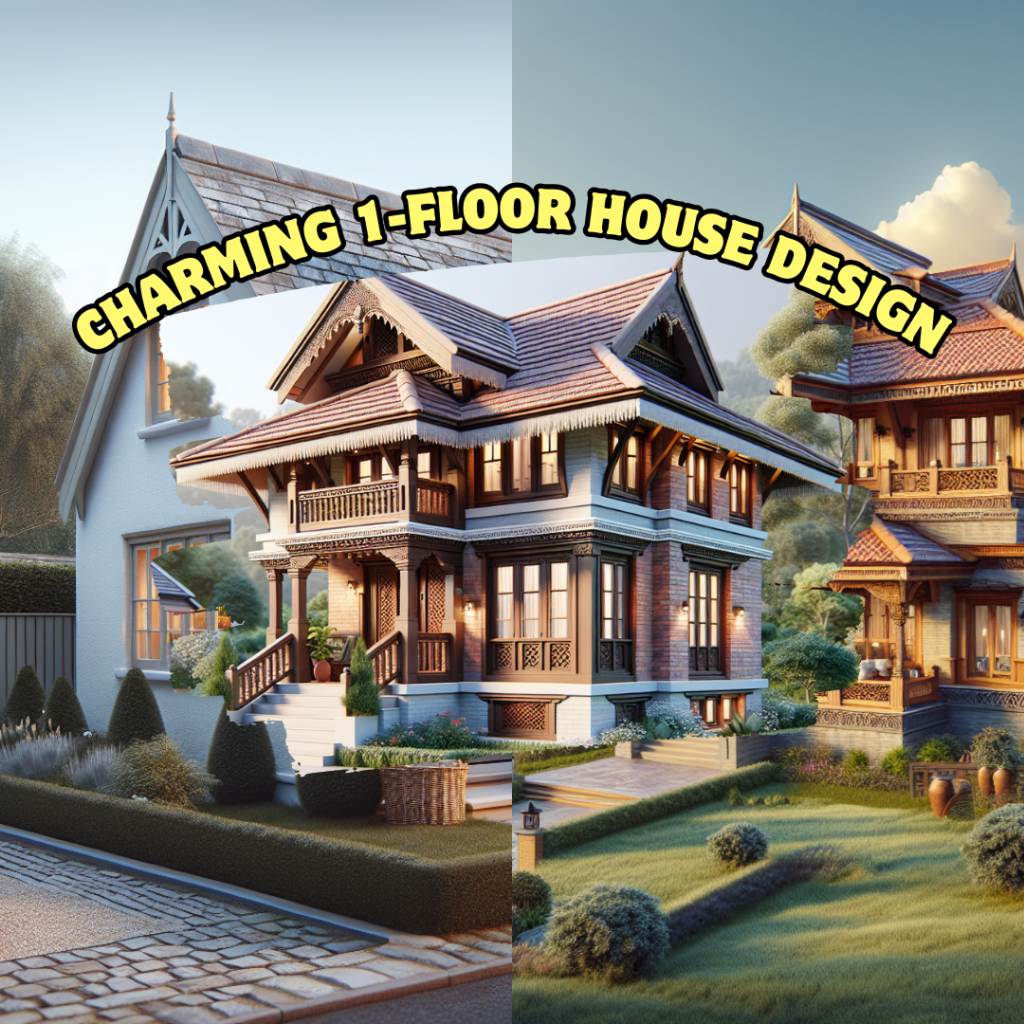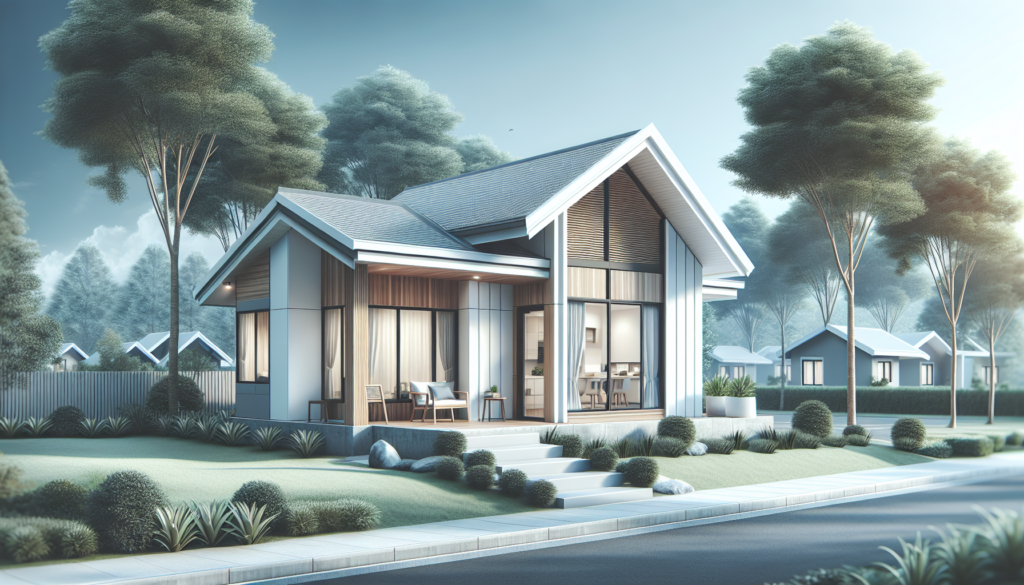Introduction
Nestled in the heart of the Himalayas, Nepal boasts a rich architectural heritage that seamlessly blends tradition with modernity. As you embark on the exciting journey of building your dream home in this breathtaking country, it’s crucial to understand the unique challenges and opportunities that come with Nepali house design. This comprehensive guide will walk you through seven essential tips to create a home that not only reflects your personal style but also respects the local culture and environment. Whether you’re a first-time homeowner or looking to renovate, these insights will help you navigate the complexities of house design in Nepal and turn your vision into reality.
1. Embrace Nepali Architectural Heritage
Nepal’s architectural landscape is a testament to its rich cultural history, with influences ranging from ancient Newari designs to Tibetan-inspired structures. Incorporating elements of traditional Nepali architecture into your modern home design can create a unique and culturally resonant living space.
Key features to consider:
- Sloped roofs with overhanging eaves to protect against heavy monsoon rains
- Intricate wood carvings for windows, doors, and pillars
- Brick and stone facades that blend with the natural surroundings
- Courtyards (chowks) for natural light and ventilation
According to a 2022 survey by the Nepal Architects Association, homes that incorporate traditional design elements have a 30% higher resale value compared to purely modern structures. This statistic underscores the importance of honoring Nepal’s architectural heritage in your home design.
2. Prioritize Earthquake-Resistant Construction
Nepal’s location in a seismically active zone makes earthquake-resistant design a non-negotiable aspect of house design in nepal / construction. The devastating 2015 earthquake that struck Nepal serves as a stark reminder of the importance of building resilient structures.
Essential earthquake-resistant features:
- Reinforced concrete frame structures
- Symmetrical building designs for better load distribution
- Flexible foundations that can absorb seismic waves
- Use of lightweight materials for upper floors
A study by the National Society for Earthquake Technology-Nepal (NSET) reveals that properly designed earthquake-resistant homes can withstand seismic activities up to 7.8 magnitude on the Richter scale. Investing in these features not only ensures your family’s safety but also provides long-term peace of mind.
3. Harness Natural Light and Ventilation
Nepal’s diverse climate, ranging from subtropical to alpine, necessitates thoughtful design to maintain comfortable living conditions year-round. Maximizing natural light and ventilation can significantly reduce energy costs and create a more pleasant living environment.
Design strategies for optimal light and airflow:
- Large windows oriented to capture sunlight and mountain views
- Skylight installations for upper floors and attic spaces
- Open floor plans to facilitate cross-ventilation
- Use of light-colored interiors to reflect and amplify natural light
A recent study by the Nepal Energy Efficiency Programme found that homes designed with these principles in mind can reduce energy consumption by up to 40%, resulting in substantial long-term savings.
4. Incorporate Sustainable and Local Materials
Sustainability is not just a trend; it’s a necessity, especially in a country blessed with abundant natural resources. Using locally sourced, eco-friendly materials not only reduces your carbon footprint but also supports the local economy.
Sustainable materials to consider:
- Bamboo for flooring, roofing, and decorative elements
- Rammed earth walls for natural insulation
- Reclaimed wood for furniture and structural elements
- Natural stone for exterior cladding and interior accents
The Nepal Green Building Council reports that homes built with at least 50% sustainable materials have a 25% lower environmental impact over their lifetime compared to conventional constructions.
5. Adapt to Challenging Terrains
Nepal’s diverse topography, from the Terai plains to the mountainous regions, presents unique challenges for house design in nepal. Adapting your home to the specific terrain of your plot is crucial for both structural integrity and aesthetic appeal.
Design considerations for various terrains:
- Stilted foundations for flood-prone areas in the Terai
- Terraced designs for hillside plots in the mid-hills
- Compact, heat-retaining structures for high-altitude locations
- Proper drainage systems to manage monsoon runoff
A 2023 analysis by the Department of Urban Development and Building Construction shows that terrain-adapted homes are 40% less likely to suffer structural damage from natural disasters compared to generic designs.
6. Create Multi-Functional Spaces
With urban areas in Nepal experiencing rapid growth and rising property prices, maximizing the utility of every square foot is essential. Designing multi-functional spaces allows for greater flexibility and efficiency in your home.
Ideas for versatile living areas:
- Convertible guest rooms that double as home offices
- Rooftop gardens that serve as both green spaces and entertainment areas
- Built-in storage solutions to minimize clutter
- Modular furniture that can be rearranged for different purposes
According to a survey by the Real Estate Agents Association of Nepal, homes with well-designed multi-functional spaces sell 20% faster than those with traditional single-use rooms.
7. Blend Indoor and Outdoor Living
Nepal’s stunning natural beauty provides the perfect backdrop for seamless indoor-outdoor living. Designing spaces that connect with nature can enhance your quality of life and create a harmonious living environment.
Strategies for integrating indoor and outdoor spaces:
- Large sliding glass doors opening onto patios or gardens
- Covered outdoor kitchens for year-round use
- Balconies with panoramic views of the surrounding landscape
- Indoor plants and living walls to bring nature inside
A 2024 wellness study conducted by the Nepal Health Research Council found that residents of homes with strong indoor-outdoor connections reported 35% higher overall life satisfaction compared to those in more enclosed living spaces.
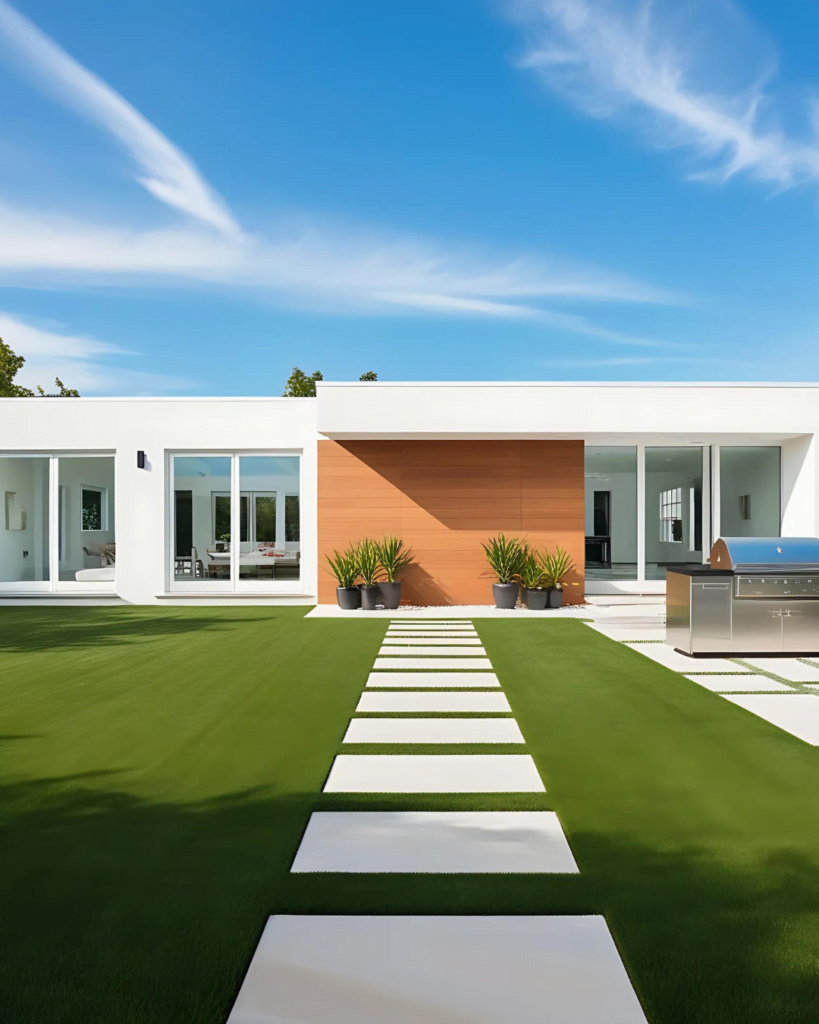
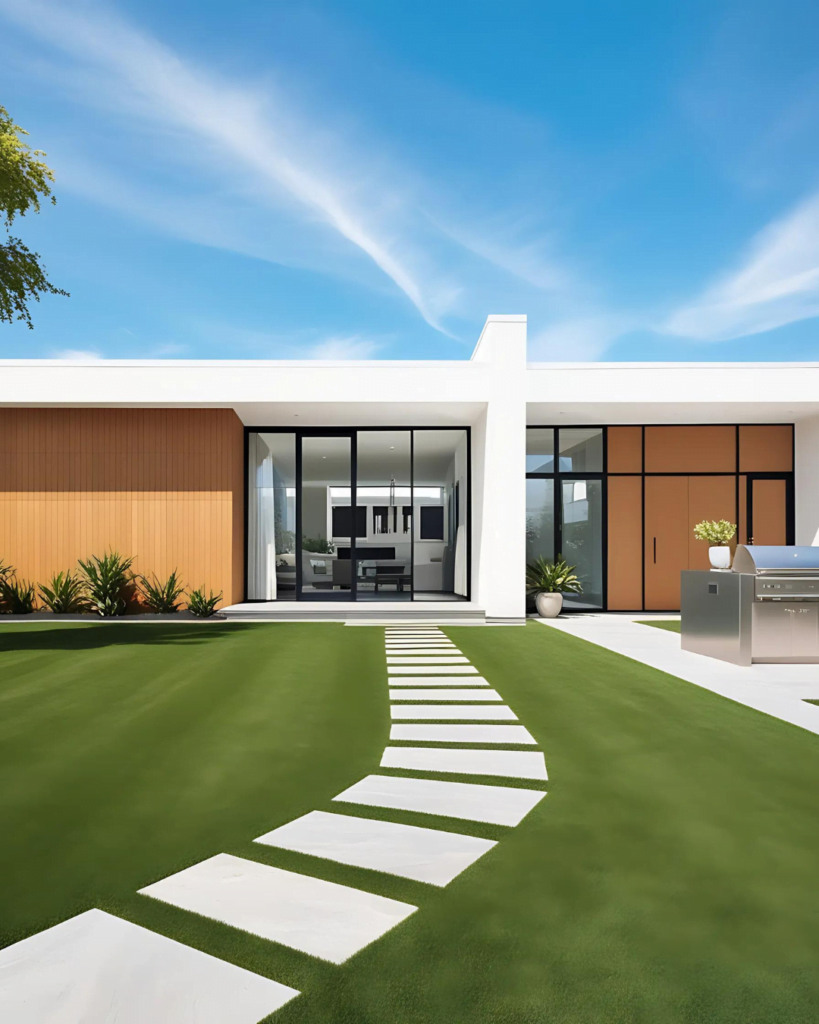
Conclusion
Designing your dream home in Nepal is an exciting adventure that blends cultural richness, environmental consciousness, and personal expression. By embracing traditional architecture, prioritizing safety and sustainability, and creating versatile living spaces, you can build a home that not only meets your needs but also stands as a testament to Nepal’s unique architectural landscape.
Remember, the key to successful house design in Nepal lies in balancing modern comfort with cultural sensitivity and environmental responsibility. Whether you’re building in the bustling streets of Kathmandu or the serene foothills of the Himalayas, these seven tips will guide you towards creating a home that you’ll cherish for years to come.
As you embark on this journey, consider working with local architects and craftsmen who understand the nuances of Nepali design and construction. Their expertise, combined with your vision, will result in a home that’s not just a structure, but a living, breathing part of Nepal’s evolving architectural tapestry.
Your dream home in Nepal awaits – one that’s as unique and inspiring as the country itself. Start planning today, and turn your vision into a stunning reality that honors the past while embracing the future of Nepali house design in Nepal.

